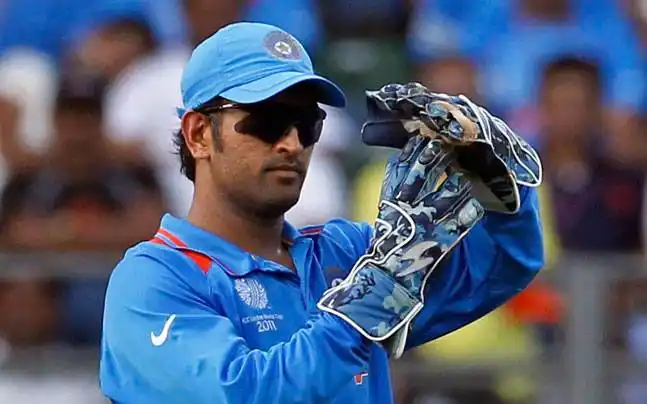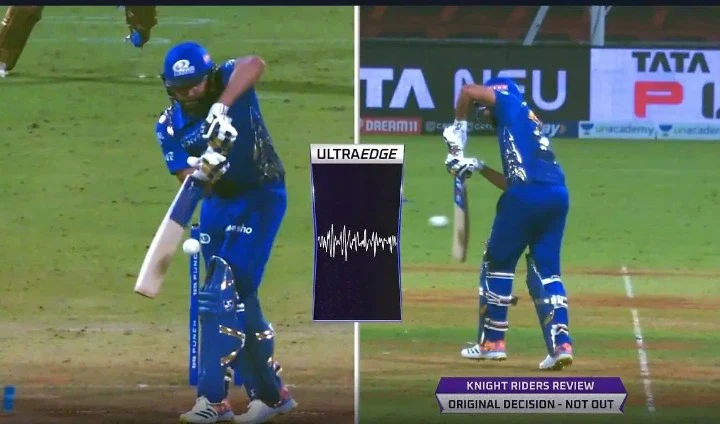What is DRS in Cricket?
DRS stands for Decision Review System, a technology-based system in cricket that allows teams to challenge a decision made by the on-field umpire. Its purpose is to reduce incorrect judgments and ensure that major errors in the game are rectified. The system uses various technologies, including slow-motion cameras and ball-tracking, to provide the third umpire with the information needed to either confirm or overturn the original decision.

What is DRS? – In Short
How the Decision Review System (DRS) Works
The DRS process is initiated when either the batting team or the fielding team disagrees with an on-field umpire’s decision on a dismissal. The fielding captain or the dismissed batsman has the right to request a review, which is then referred to a third umpire who is positioned off the field.
The process for a player review is as follows:
- The player signals for a review within a short timeframe (usually 15 seconds) after the on-field decision.
- The on-field umpire signals to the third umpire that a review is being requested.
- The third umpire then uses a range of technologies to analyze the dismissal.
- Based on the technological evidence, the third umpire communicates a decision to the on-field umpire, who then either upholds or overturns their initial call.
Each team is allocated a limited number of reviews per innings. In Test cricket, teams get two reviews per innings, while in ODIs and T20Is, they receive one review per innings.

Key Technologies Used in DRS
To make an accurate decision, the third umpire utilizes several advanced technologies, each designed to answer a specific question about the dismissal.
UltraEdge:

This technology, also known as Snicko, uses a sensitive microphone to detect faint sounds made when the ball touches the bat or glove. It’s crucial for reviewing caught-behind and LBW decisions, as it helps the umpire determine if the ball made contact with the bat before hitting the pad.
Ball-Tracking (Hawk-Eye):
For Leg Before Wicket (LBW) decisions, ball-tracking technology plots the trajectory of the ball. It shows where the ball pitched, where it hit the batsman, and whether it would have gone on to hit the stumps. The result is displayed as a predicted path, helping the third umpire make a judgment on the dismissal.

Slow-Motion and High-Definition Replays:
These replays are essential for various decisions, including run-outs, stumpings, and close catches. They allow the umpire to see precisely when and where the ball hit the stumps or whether a fielder had full control of the ball when taking a catch.
Understanding ‘Umpire’s Call’
Umpire’s Call is a crucial aspect of the DRS, introduced to account for marginal decisions and preserve the authority of the on-field umpire. It applies specifically to LBW reviews when the ball-tracking technology shows a marginal outcome.
The rule states that if the ball’s projected path is just clipping the stumps specifically, less than 50% of the ball’s diameter is predicted to hit the stumps the on-field umpire’s original decision is upheld. This means if the on-field umpire gave the batsman out, the decision stands; if they gave it not out, the decision also stands.
This element ensures that the review system doesn’t overrule an on-field decision on a very close, subjective call. The Umpire’s Call rule also applies to reviews concerning whether the ball pitched in line or hit the batsman in line.
Player vs. Umpire Review
The DRS system has two distinct types of review:
Player Review:
This is the most common type of review, initiated by the fielding captain or the batsman who has been given out. They challenge the on-field umpire’s decision, asking the third umpire to intervene.
Umpire Review:
This is initiated by the on-field umpire themselves. It is typically used for line decisions, such as a close run-out or a stumping, where it is impossible for the on-field umpire to make a definite call with the naked eye. In these cases, the on-field umpire refers the decision to the third umpire without a request from the players.
Historical Context and Criticism
The first cricketer to be given out by a third umpire review was Sachin Tendulkar in 1992, long before the full DRS system was introduced. The first player to be given out under the full DRS system was Virender Sehwag in 2008.
Despite its benefits, DRS has faced criticism. Some argue that the technology isn’t 100% accurate, with a small margin of error that can lead to controversial outcomes.
Additionally, the “soft signal” rule, where the on-field umpire must give an initial signal for a close catch, has been a source of debate, as it places a burden of proof on the third umpire to find sufficient evidence to overturn that initial call.
Nevertheless, the DRS remains a fundamental part of modern cricket. It has significantly improved the accuracy of on-field decisions and has added a layer of strategic depth and excitement to the game.

Rivcky John
A prominent figure in sports journalism for the last two decades. Cricket Analyst & Writing News, Features, Match Previews/Reviews/Reports, And Opinion Pieces on Cricket. You can connect with him on Facebook also.
